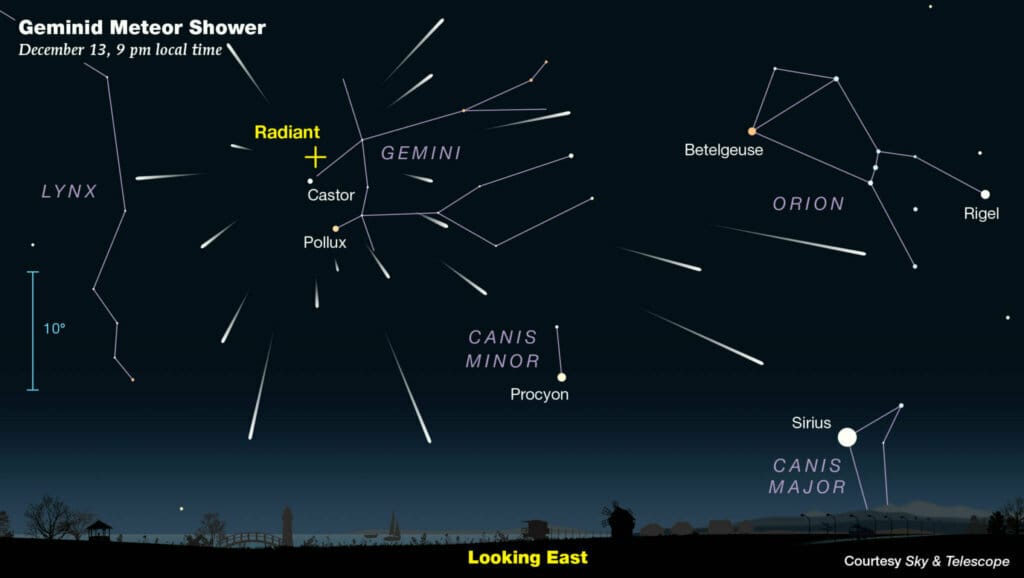In mid-February, a remarkable astronomical event will unfold as four planets align in the night sky, creating a stunning visual display for observers around the globe. This planetary alignment will feature Jupiter, Venus, Mars, and Saturn, all of which will be visible to the naked eye. Such alignments are relatively rare, making this event a significant occasion for both amateur astronomers and seasoned stargazers alike.
The alignment will occur during a period when the planets will be positioned in a straight line across the sky, providing a unique opportunity for observers to witness the beauty of our solar system. The best time to view this celestial phenomenon will be shortly after sunset, when the planets will be positioned low on the horizon. Each of the four planets will shine brightly, with Venus often being the most prominent due to its proximity to the Sun and its reflective cloud cover.
Jupiter, the largest planet in our solar system, will also be a highlight of this alignment. Its massive size and distance from Earth allow it to be one of the brightest objects in the night sky. Observers may even be able to spot some of its largest moons through a small telescope or binoculars, adding to the excitement of the event. Mars, known for its reddish hue, will also be visible, providing a stark contrast to the other planets. Its distinct color makes it easily identifiable, even to those who may not be well-versed in astronomy.
Saturn, famous for its stunning rings, will complete the quartet of visible planets. While the rings may not be discernible to the naked eye, they are a reminder of the planet’s unique characteristics. For those equipped with telescopes, the sight of Saturn’s rings can be a breathtaking experience, further enhancing the allure of this planetary alignment.
The alignment of these four planets is not only a visual treat but also an opportunity for educational engagement. Astronomy enthusiasts and educators can use this event to discuss the characteristics of each planet, their positions in the solar system, and the science behind planetary alignments. Schools and community organizations may host stargazing events, providing telescopes and expert guidance to help participants make the most of this celestial occurrence.
In addition to its educational value, the planetary alignment serves as a reminder of the vastness and beauty of the universe. It encourages individuals to look up at the night sky and appreciate the wonders that lie beyond our planet. For many, this event may spark a newfound interest in astronomy and the sciences, inspiring future generations to explore the cosmos.
As the date approaches, various astronomy organizations and observatories will likely provide resources and information on how to best view the alignment. Online platforms may also offer live streams of the event, allowing those unable to observe it in person to participate virtually. This accessibility ensures that the planetary alignment reaches a wide audience, fostering a sense of community among skywatchers.
Weather conditions will play a crucial role in the visibility of the alignment. Clear skies will provide the best viewing experience, while cloudy or inclement weather may hinder observations. Stargazers are encouraged to check local forecasts and plan their viewing accordingly. Finding a location away from city lights will also enhance the experience, as light pollution can obscure the view of celestial bodies.
In conclusion, the planetary alignment of Jupiter, Venus, Mars, and Saturn in mid-February presents a unique opportunity for individuals to engage with the wonders of the night sky. This event not only offers a spectacular visual display but also serves as a catalyst for education and exploration in the field of astronomy. As the planets align, they invite us to reflect on our place in the universe and the beauty that surrounds us.

